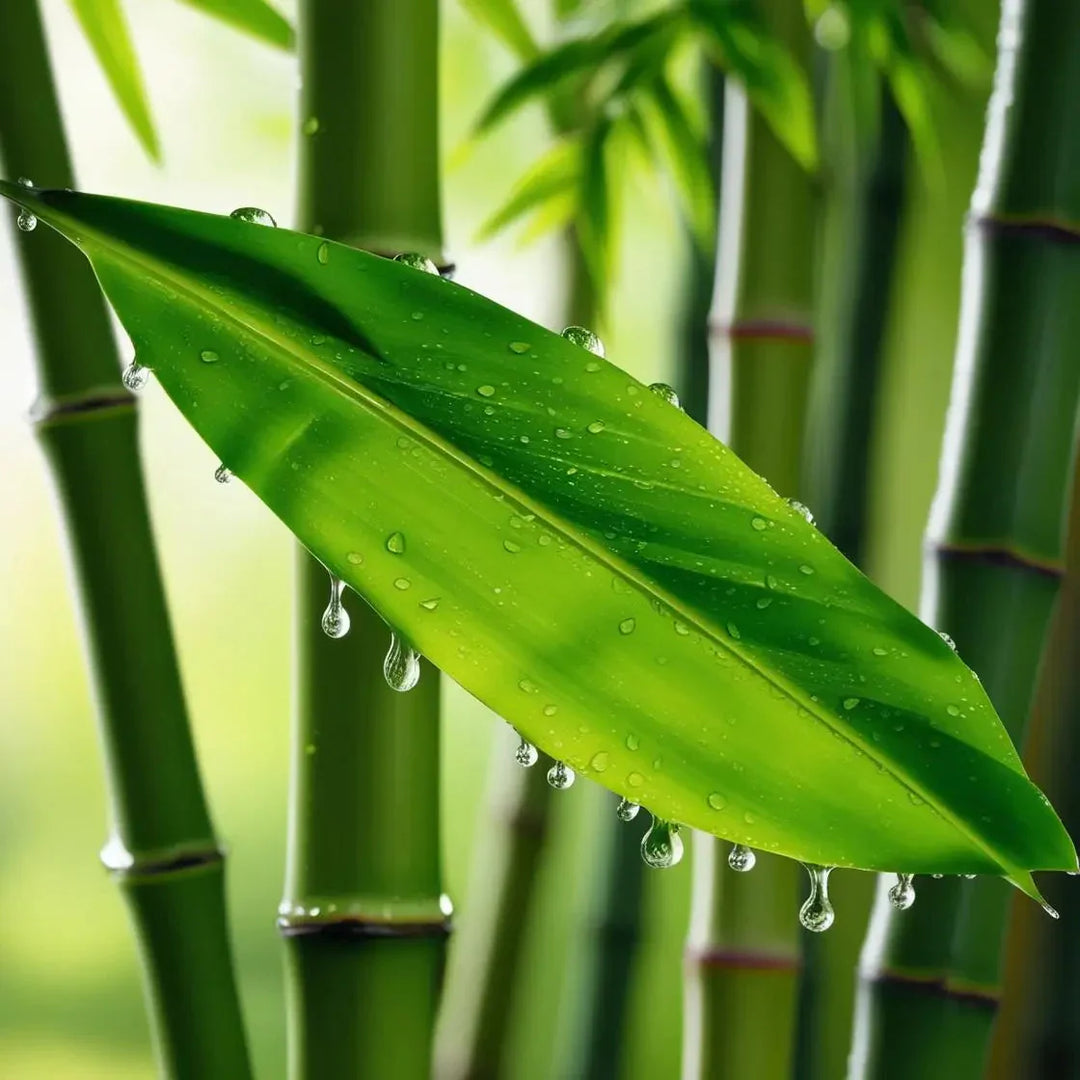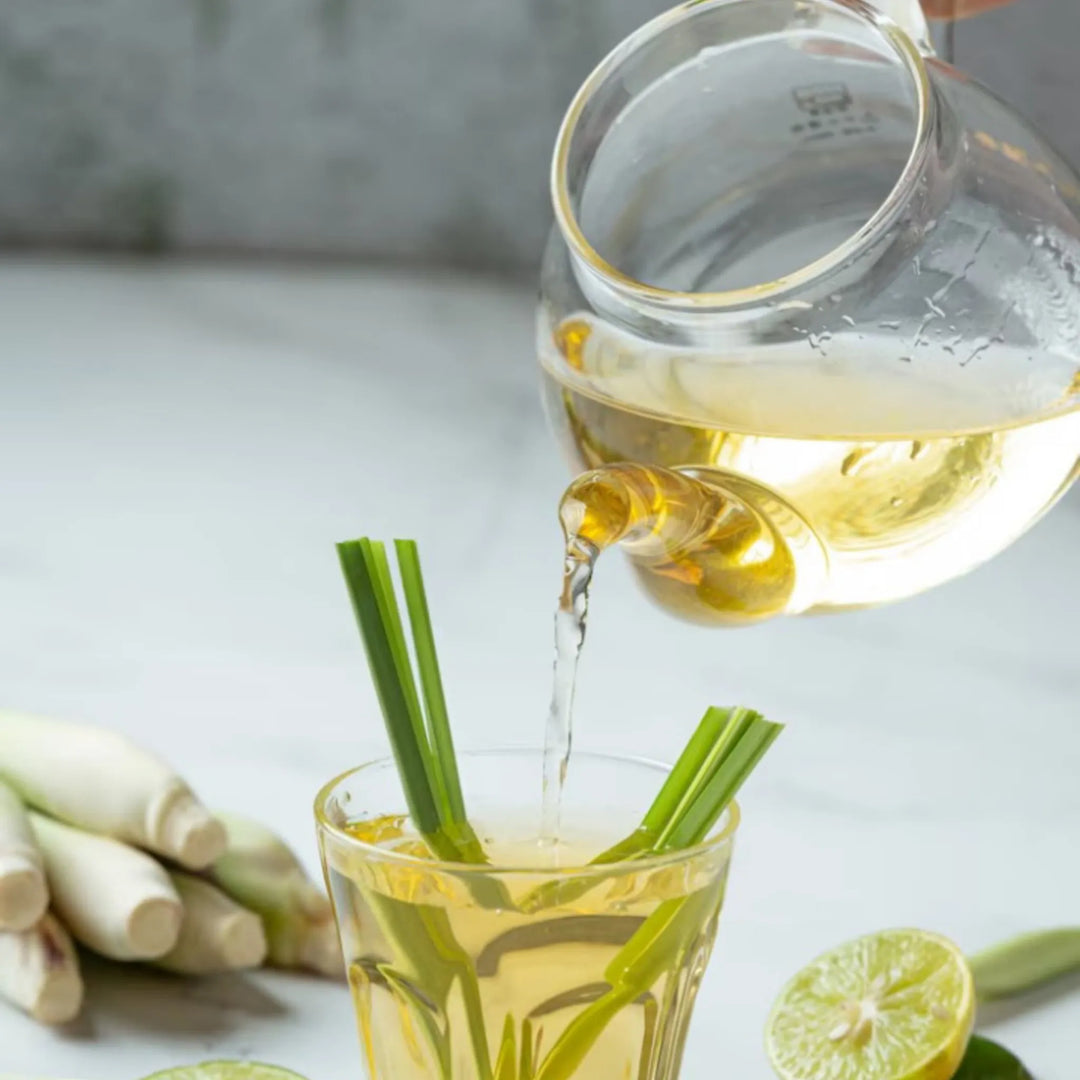Boost Your Low Blood Platelets Naturally - Foods to Avoid | Herbal Goodness
Blood platelets are aptly named, small blood cell fragments shaped like plates. They act as our bloodstream’s first responders in emergencies. Their primary function is clotting to seal off any bleeding ruptures through a process called “Virchow's triad,” or the coagulation cascade. They do this by transforming into sticky clumps and working together with fibrin to close wound sites. In addition to clotting, platelets also play a role in the immune system by helping patrol for pathogens.
Platelets are produced in the bone marrow by megakaryocytes and normally range between 150,000 and 350,000 per microliter (mcL) of blood. A healthy amount of platelets within this range is essential, becoming sticky only when necessary.
When there are too many platelets (over 450,000/mcL), this thickens the blood, similar to the consistency of ketchup. This condition is called thrombocytosis, and it can increase the risk of clots, heart attacks, and strokes.
Conversely, too few platelets (under 130,000/mcL) can thin the blood, leading to excessive bleeding and bruising. This condition, known as thrombocytopenia, is often seen temporarily in children after viral infections. However, in adults, it tends to be chronic and without a clear cause.
Many long-term cases of thrombocytopenia are linked to autoimmune reactions, where antibodies mistakenly attack platelets. This condition is referred to as immune thrombocytopenic purpura (ITP), where the immune system destroys platelets and hinders their production.
Treating ITP often involves adjusting diet, lifestyle, and environment to reduce factors that might trigger the autoimmune response.
Foods To Avoid
Modifying your diet is a great starting point in managing ITP since certain foods and environmental toxins can affect platelet counts. Identifying and removing these can help improve the condition.
An ITP-friendly diet excludes foods that interfere with platelet function and focuses on supporting the body’s natural processes. Here are five common culprits:
-
Aspartame – This artificial sweetener, often found in diet sodas and junk food, has been linked to several health concerns. It's also known to reduce platelet counts. Avoiding products containing aspartame is a good step.
-
Quinine – Commonly found in tonic water, quinine has been known to cause issues with platelet counts in some people. Reducing tonic water consumption can be helpful.
-
Alcohol – Alcohol is known to affect platelet production and function. Limiting alcohol can support healthy platelet levels.
-
Alliums – Garlic, onions, leeks, and other pungent herbs are known for their anticoagulant properties. Reducing intake of these foods can help maintain platelet activity.
-
Glyphosate – This herbicide, used on certain crops, may be associated with various health issues. Some individuals with ITP have reported links between glyphosate exposure and platelet changes. Avoiding foods treated with glyphosate may be beneficial.
Related: Boost Your Immunity Naturally With These Tips
Foods To Add
On the other hand, several foods can support platelet health. Papaya, especially papaya leaf juice, has been shown to increase platelet counts. Just two tablespoons of fresh juice or prepared extracts daily can be helpful.
Other foods that may support healthy platelet levels include pomegranate, pumpkin, carrots, sweet potatoes, oranges, raisins, beans, wheatgrass, spinach, kale, parsley, broccoli, seaweed, moringa, and eggs.
Incorporating more of these foods can help balance platelets and support overall health.
By making these dietary changes, you can begin to manage your platelet levels without needing more aggressive interventions. Always consult a healthcare provider for personalized advice.
Related: Everything You Need to Know About Super Immune Boosters
Click Here, To Explore Our Blood & Platelet













